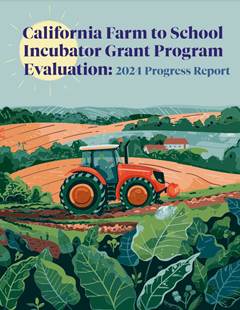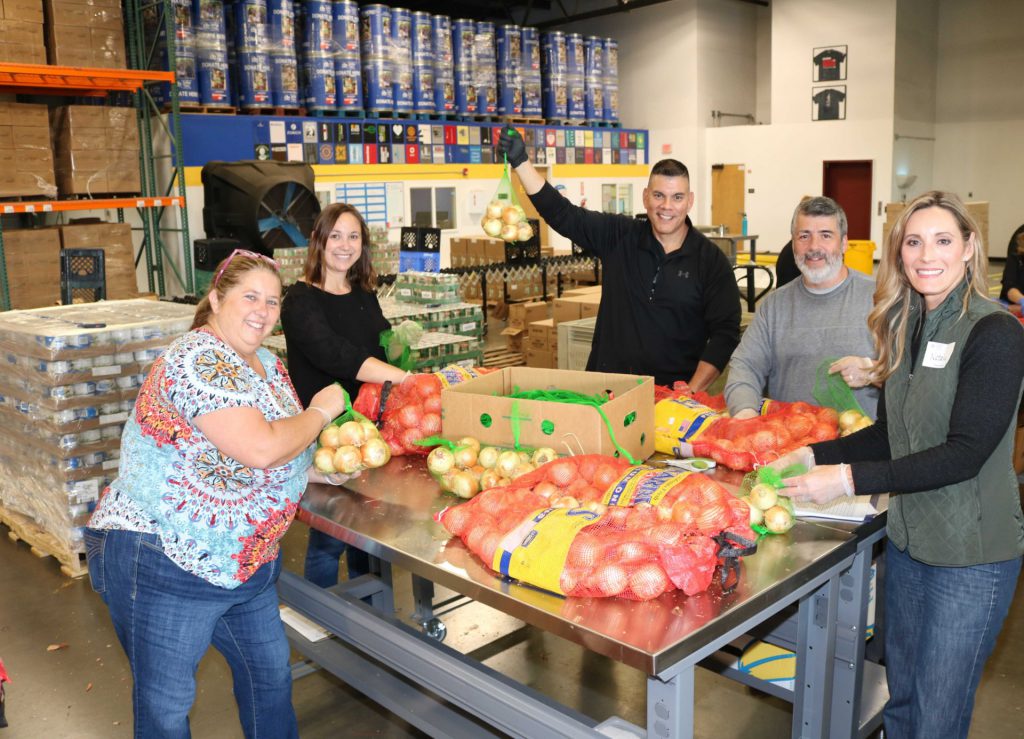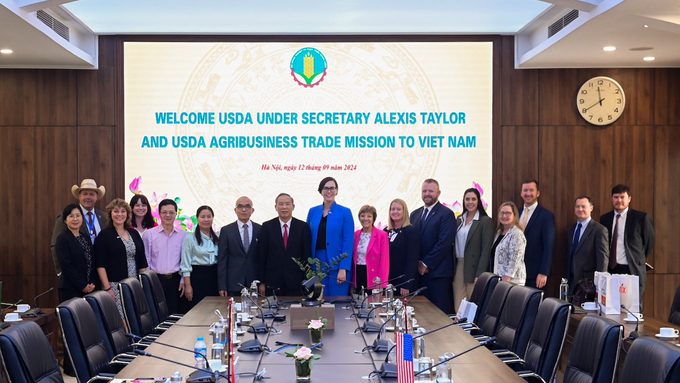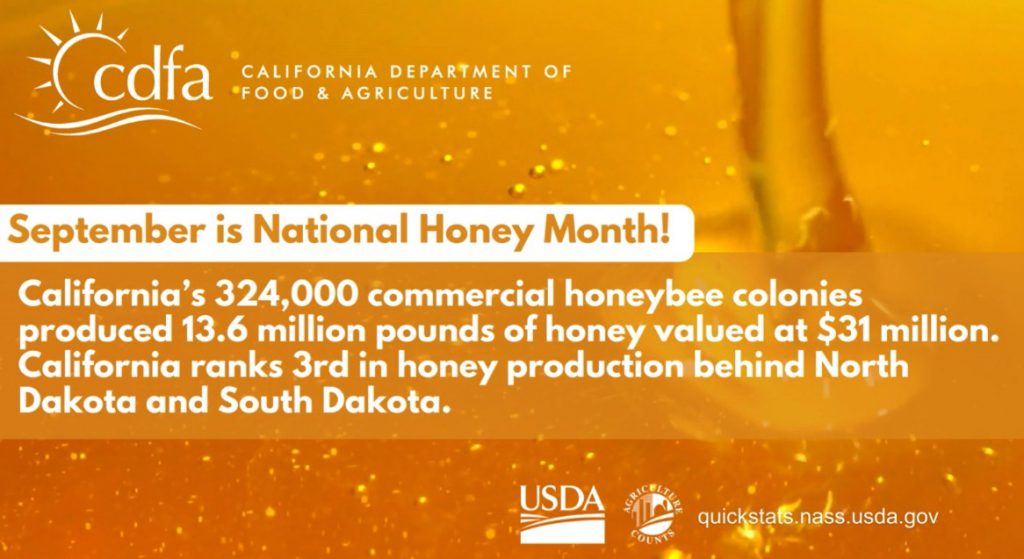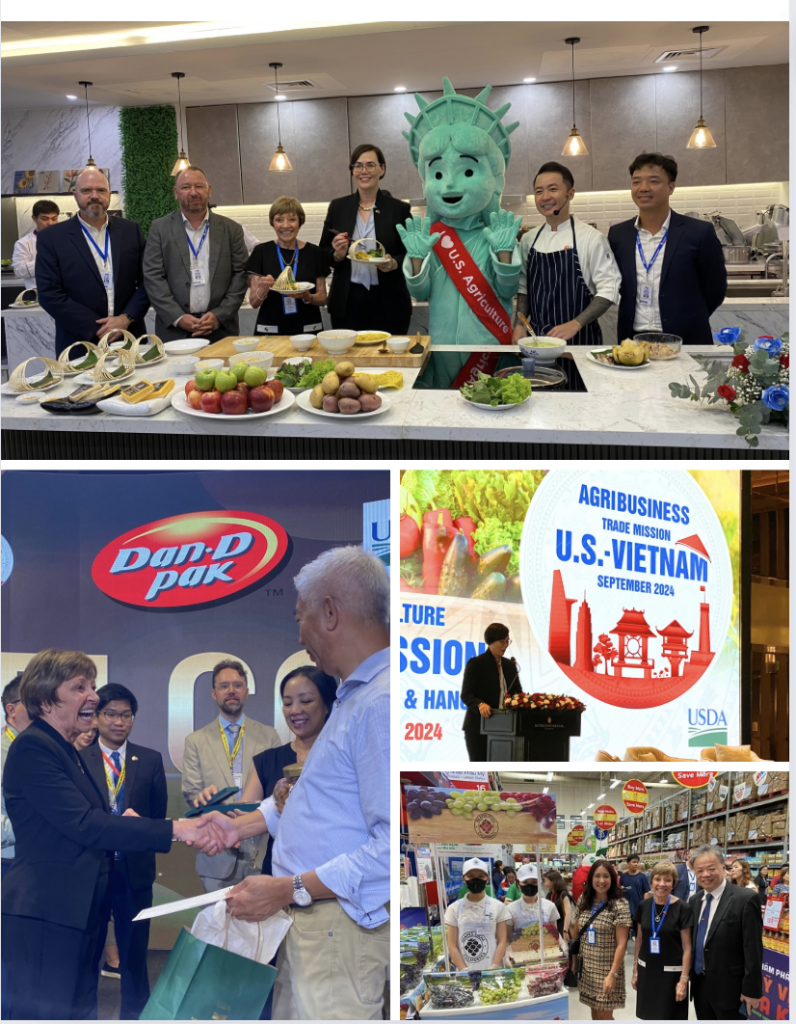News Release from Governor Newsom’s Office
What you need to know: The Governor today ended the drought state of emergency in 19 counties where conditions have improved significantly, maintaining it in the remaining 39 counties to address continued impacts to local water supplies and facilitate ongoing recovery. Additional action today rolls back certain provisions of prior drought- and flood-related executive orders that are no longer necessary under current conditions.
SACRAMENTO – With California’s water year drawing to a close later this month, Governor Gavin Newsom today took action to adapt the state’s response to the historic drought and flooding that Californians have experienced in recent years.
In response to improved water conditions following two wet winters, the Governor ended the drought state of emergency in 19 counties while maintaining it in the remaining 39 counties where it continues to support long-term recovery from the three driest years on record.
This action builds on the rollback of some drought emergency provisions in March last year and is in keeping with how the state entered the drought state of emergency in phases by region.
The Governor also rescinded certain provisions of prior executive orders related both to the drought and to flooding caused by 2023’s late winter storms which are no longer necessary under current conditions. As California grapples with more extreme cycles of wet and dry, the state remains ready to respond to changing water conditions.
“As this week’s weather makes clear, California and the West experience extreme weather swings that exacerbate our water challenges and make it more important than ever that we build a climate-resilient water system,” said Governor Newsom. “This targeted action is responsive to current conditions while continuing the tools and support for work underway to help future-proof water supplies in the most impacted communities.”
The Governor has terminated the drought state of emergency in 19 coastal and desert counties that are collectively home to 70% of the state’s population: Imperial, Inyo, Los Angeles, Marin, Mendocino, Mono, Monterey, Orange, Riverside, San Bernardino, San Diego, San Francisco, San Luis Obispo, San Mateo, Santa Barbara, Santa Clara, Santa Cruz, Sonoma, and Ventura counties. A copy of the proclamation terminating the drought state of emergency in these counties can be found here.
The state of emergency remains in effect in California’s remaining 39 counties, where significant impacts from the multi-year drought – including depleted groundwater supplies, domestic well failures and harm to native fish – persist in the Sacramento and San Joaquin River basins, the Tulare Lake basin, the Scott, Shasta and Klamath River watersheds, and the Clear Lake watershed.
The executive order rolling back several provisions of prior drought- and flood-related executive orders further narrows the drought state of emergency in the 39 counties where it remains in effect, while also rescinding orders related to flooding following the 2023 winter storms in 53 counties. The executive order rescinds provisions that are no longer necessary to respond to those emergencies without disrupting state agencies’ legal authority and funding to continue expedited work to improve access to clean drinking water and ongoing drought resilience planning work. A copy of the executive order can be found here.
As California approaches the beginning of a new water year, the state remains ready to respond to changing water conditions, including the potential return of dry conditions. With estimates that hotter, drier conditions could reduce California’s water supply by up to 10% by the year 2040, the state is implementing an all-of-the-above approach to safeguard and boost water supplies as outlined in the California Water Plan, Water Supply Strategy and Water Resilience Portfolio. Leveraging historic state and federal funding, California is:
- Advancing clear, ambitious targets to build drought and flood resilience, including increasing annual groundwater recharge capacity by 500,000 acre-feet
- Fast-tracking groundwater recharge efforts by streamlining permits
- Maximizing stormwater capture through new projects
- Supporting reservoir repair and expansion to boost water storage above and below ground
- Modernizing water conveyance infrastructure across the state, including the Delta Conveyance Project



